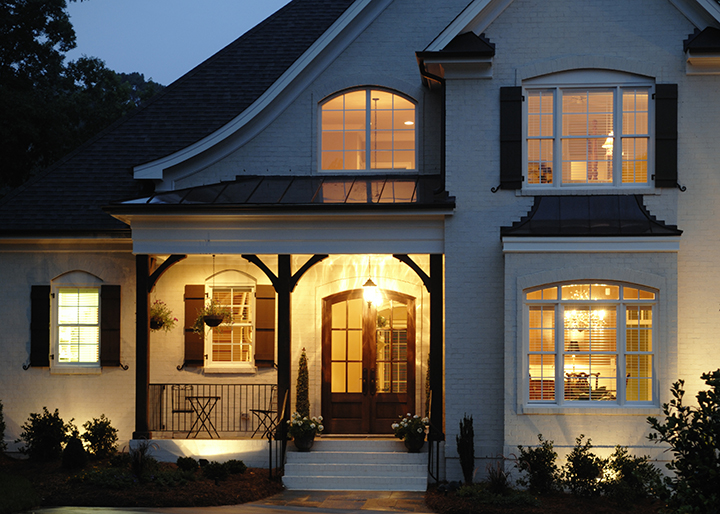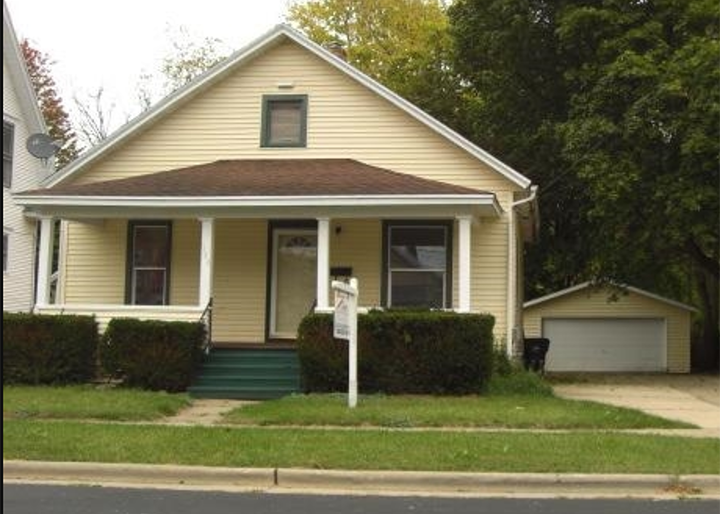SFR Emerges from Pandemic
Will Other Factors Impact the Industry in 2022? By Tim Reilly This time last year, I compared the Single-Family Rental (SFR) market to the great Gold Rush of 1849. Supply constriction, low interest rates, rising home and rental prices and strong returns created a highly attractive environment for a growing population of professional investors searching for the same hidden treasure. The “Goldilocks” market conditions triggered in part by the COVID-19
Read More












